What to Expect with In-Center Hemodialysis

As with anything new, being prepared and understanding what’s involved with dialysis can help ease your mind. Being well informed will make the process go as smoothly as possible with your care team.
Getting in the flow of a new routine
You'll also be establishing a new routine in your life. On 3 days of every week, you’ll be going to a dialysis center for a treatment session, lasting 3 to 5 hours for daytime hemodialysis or around 8 hours for nocturnal (nighttime) hemodialysis. Embrace the time. Make it as relaxing or as productive as you wish. You may even make new friends there.
First things first: planning ahead
Getting ready for your hemodialysis treatment
A few minutes before your treatment session, a few simple but important steps are taken to monitor your health and help provide an effective outcome.
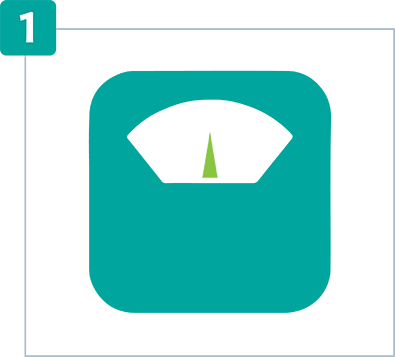
Your weight is checked to see how much excess fluid you’re retaining and how much needs to be removed by dialysis.

You wash your hands and you or your technician washes your access site to help prevent infection.
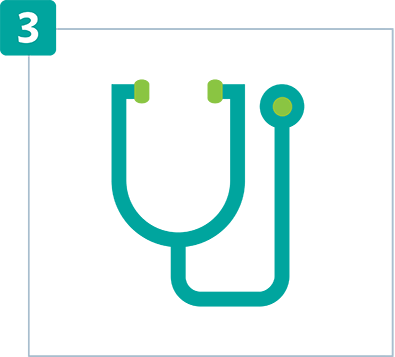
Your vital signs, including blood pressure and pulse, are taken.
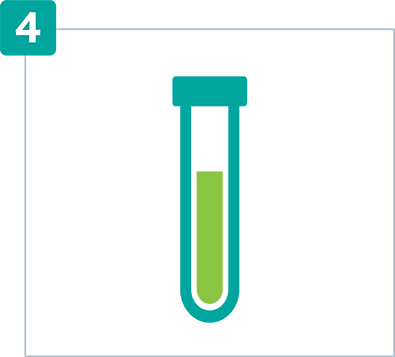
Your access site is checked and prepared for dialysis. Small samples of blood may also be drawn from your access site for testing.

Finally, your access site will be connected to the tubing on the hemodialysis machine and the treatment will begin.

Receiving treatment
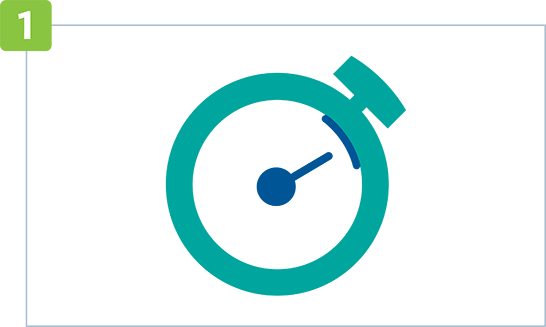
After you’ve been prepped, a trained team member will program the hemodialysis machine with your fluid goal, turn on the pump and set the timer.

You will be regularly monitored during your treatment to make sure that you are tolerating it well and your treatment is working.

While the hemodialysis machine does all the work, you can sit back and relax. If you wish, you can also read, watch TV, work on your computer, listen to music or do something else that you enjoy. If you are dialyzing at night, you may wish to simply go to sleep.
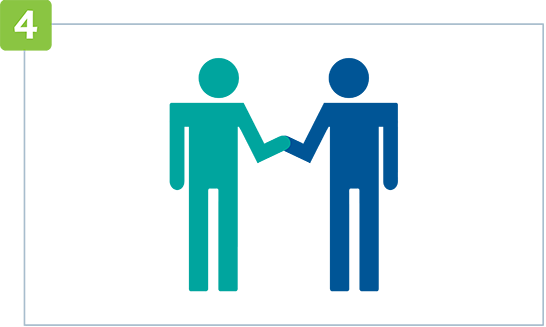
You may also find that you enjoy talking with other people being treated. You may even make a new friend and discover ways to support and encourage each other.
Completing your treatment session

After your treatment session is completed, a timer will sound and a trained team member will disconnect you from the machine.

Your needles are removed or your catheter is capped and the access site is evaluated. A pressure dressing may be applied to prevent bleeding.

Your vital signs are rechecked and your weight is recorded after your treatment to see how much liquid has been removed.
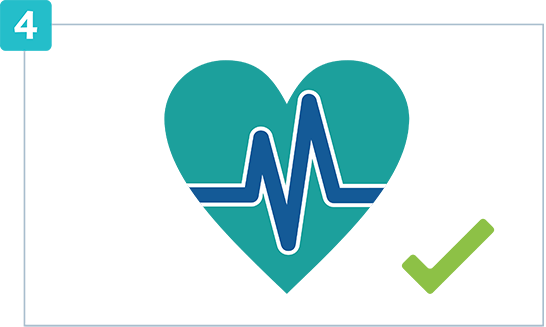
If your vital signs are stable and you’re feeling well, you’re free to go home and resume your normal activities.
5 things I wish I knew about hemodialysis before I started
- You have options for doing hemodialysis. Even if you’ve started on in-center hemodialysis, you can switch to home hemodialysis if it’s a better fit for your lifestyle. Or you may be able to do overnight (nocturnal) dialysis at your center if you work, go to school or have busy days.
- You can travel and keep up with treatments. Contact Fresenius Kidney Care Patient Travel Services at 1-866-434-2597 (option 1) to arrange treatment at a Fresenius Kidney Care center near your destination.
- Going to the center can be social. One upside to frequent center visits is getting to know people who can relate to your experience.
- You can feel chilly during treatment. The dialysis process can make some people feel cold. Treatment rooms are also temperature controlled and may be cooler than you’re used to. Dress in loose layers or bring along a blanket—you’ll just need to keep everything clear of your access site.
- Dialysis treatment can be useful “me time.” Take the opportunity to listen to your favorite music, read a book, write a card, pay bills or shop online.
Maximizing benefits, minimizing hemodialysis side effects

Getting the most out of dialysis sessions
- Completing your treatment. It’s important to complete your entire treatment session to get the full benefits. Stopping even 5 minutes early can affect your health. You may not feel the effects of shortened or missed treatments immediately, but not getting enough dialysis allows waste to accumulate in your body over time—and cause serious health complications.
- Machine settings. The pump speed at which your blood flows is also important and will require careful adjustment by your care team to provide the most effective treatment. Slower pump speeds are easier on your body, they don’t filter as much blood. If the speed is too slow, you may not have enough toxins removed. If the speed is too fast, it may force blood through your veins with too much pressure and damage your veins and access site.
Monitoring hemodialysis side effects
- Nausea or cramping. You may experience common dialysis-related symptoms such as abdominal cramps, nausea or other hemodialysis side effects. If you’re feeling uncomfortable at any time, speak up immediately and let your care team know. They may need to check your access site or adjust the speed of your pump, your medication or hemodialysis fluids. They may also give you something to help you feel better.
- Feeling cold. You will also notice that the room may seem cool. This is because cool room temperatures help decrease humidity, which prevents bacterial growth that can lead to infection. If cool temperatures are uncomfortable for you, you may want to bring a sweater or blanket.
- Fatigue. You may feel very tired during the first several months of treatment and you will need someone to drive you to and from each of your appointments. You may wish to ask a family member or friend to drive you. Or speak with your social worker about low-cost or free resources for transportation. When you feel well enough, you may be able to drive yourself or take public or private transportation on your own.
e-newsletter
Get the latest news in kidney care and delicious kidney-friendly recipes, plus inspiring stories from people living with kidney disease.


